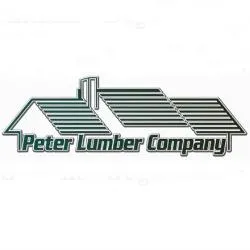How to Write a Problem-Solving, Career-Protecting Remodeling Job Proposal

What does a good proposal look like? What information needs to be in it to protect both the client and the contractor?
These questions are answered differently by remodeling contractors. Here are some things to include that will reduce apprehension and disagreements.
What Problems Will Be Solved
The average client is buying solutions to her problems. Techno-speak and lots of buzz words don’t mean a lot to most clients.
Lay out what your client told you about how their home that needs to be changed and why. The clearer you are with your description, the more likely the client will feel you “get” them and will be a good partner.
What Your Company Will Be Doing
A complete description of the scope of work is essential for all parties involved.
The client needs it (even if it is difficult to understand) so the remodeler can walk them through it, word by word. Why? To avoid misunderstandings about what was and what was not included. A clear scope avoids “But Paul told me …”
The production department needs that clarity to succeed. We would write our scope of work so thoroughly that the lead carpenter and production manager used it as management tool. Yes, there was additional information they needed beyond the client-friendly scope. But much of it was there.
We followed the Construction Specification Institute’s format. It does not matter what format is used, as long as everything is addressed.
What Is Not Included
Exclusions are very important. Most clients assume that if they think something is included, it is. Most contractors think exactly the opposite!
Be thorough in listing your exclusions. A common misunderstanding is the amount of painting that is being included. Are you only painting the newly sheetrocked areas, meaning there will be cut-off points on the affected areas? Or will you be going corner to corner, covering the entire wall/ceiling? Get clear.
We added exclusions the longer we were in business.
Finally we added this one: “Anything that is not expressly included in the scope of work” is excluded. It is too painful to recount how we learned to add that!
One Total Price
Unless your company does jobs in the high six figures or higher, sell one number. After all, what will the client do with a breakdown?
Consider asking, before you prepare your proposal, what the client needs to see to be able to make a decision. Maybe they have one or two items whose cost they would like to know. Ask them why. Nine times out of ten you will be able to allay their concerns while giving them what they need—one number for the whole scope of work.
When everyone understands what is being purchased the working relationship gets off on sound footing. Remodeling, at best, is filled with problems and surprises. Reduce them by being clear before the work starts.
